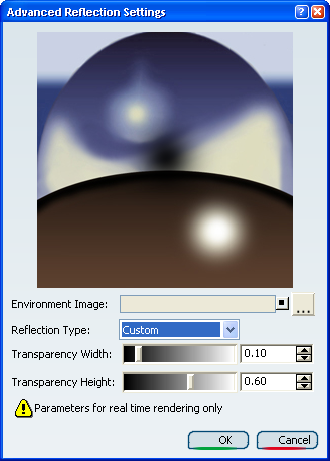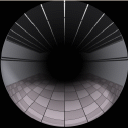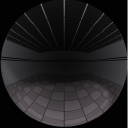Right-click a material behavior in the specification
tree.
Select xxx_Rendering object > Definition
The Rendering Properties
dialog box is displayed:

Click
 beside the Reflectivity box to open the Advanced Reflection
Settings dialog box:
beside the Reflectivity box to open the Advanced Reflection
Settings dialog box:

This image is used for reflection purposes only, you cannot visualize
the environment reflections on the object unless you set the Reflectivity
parameter to a non-zero value (provided that the object itself is reflecting).
Use the Environment Image box to define a texture image.
Click
 to navigate to the desired file using the Image Chooser dialog
box.
to navigate to the desired file using the Image Chooser dialog
box.
Search or import the desired image.
For more information on how to use this dialog box refer to Using
the PLM Chooser in the Infrastructure User Guide.
Click OK to validate and go back to the
Advanced Reflection Settings dialog box.
Choose the environment Reflection Type:
Chroma, Paint, Matte Metal, Bright
Plastic or Custom.


Chroma
Paint


Matte Metal
Bright Plastic
Selecting Custom activates the Transparency Width
and Transparency Height boxes to let you specify the desired
ratios (values comprised between 0 and 1) for the transparency filter.
Click OK.
The environment image is defined.